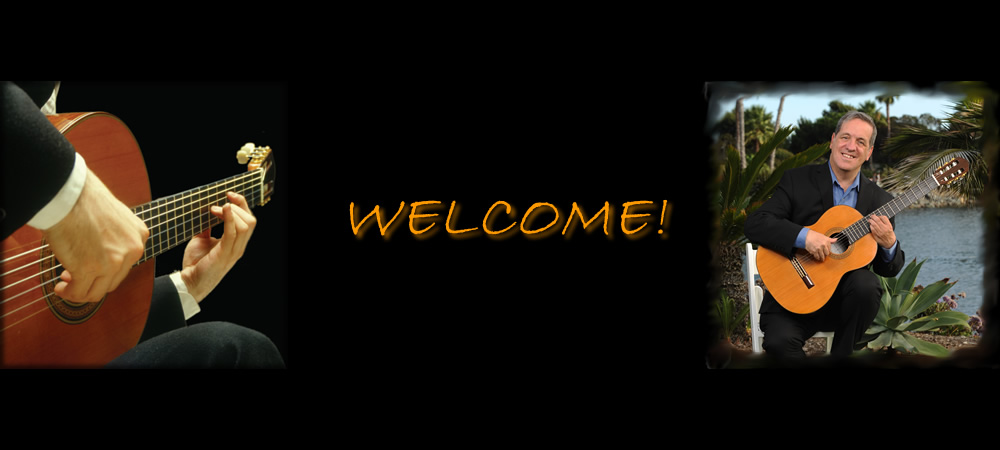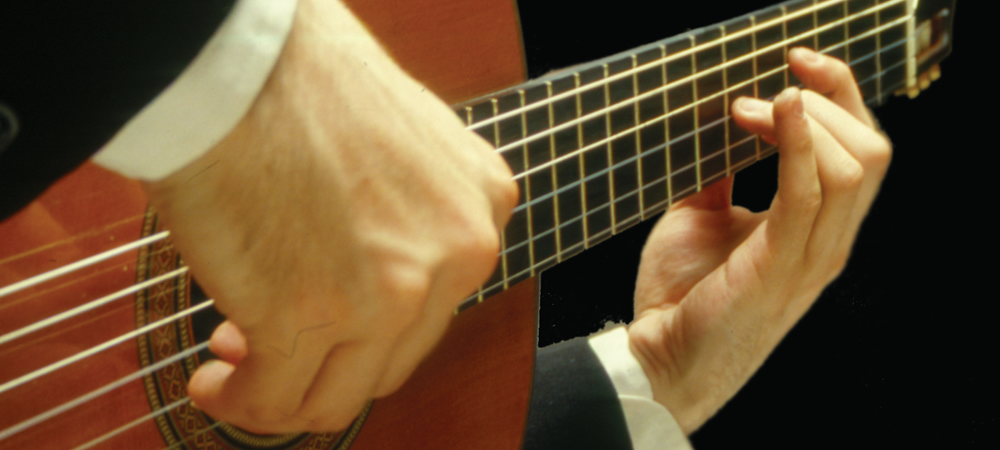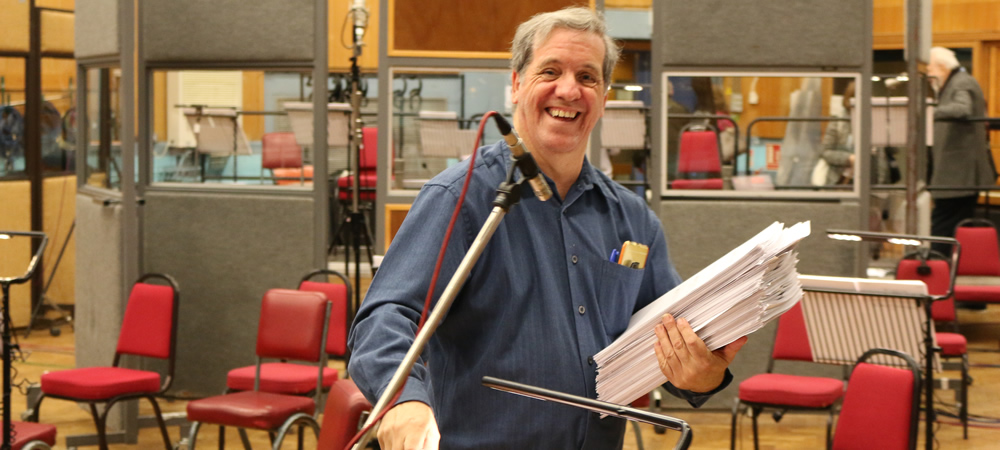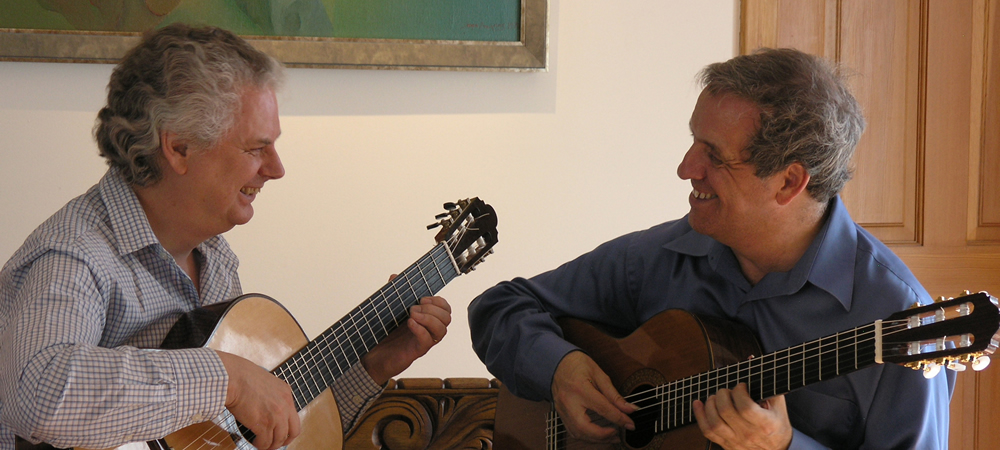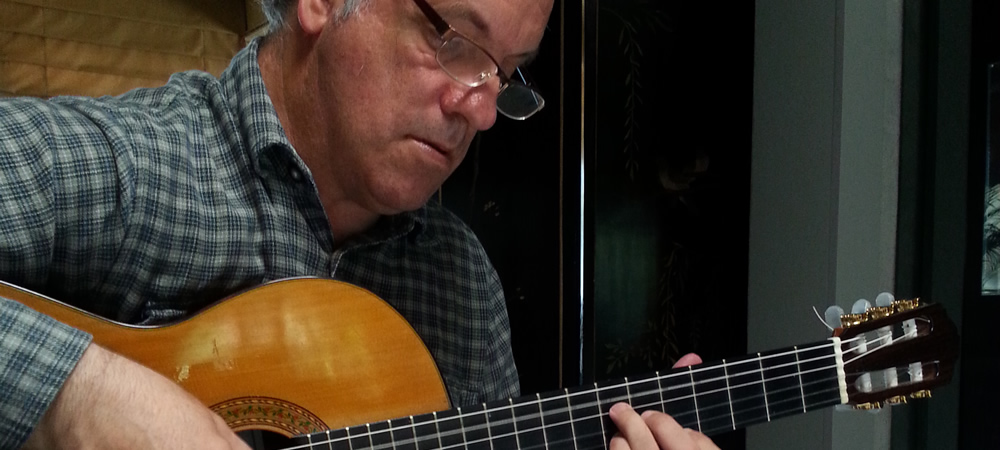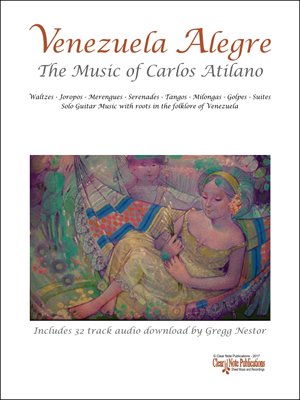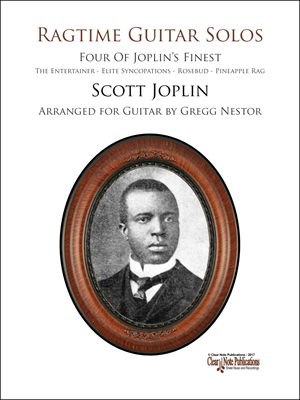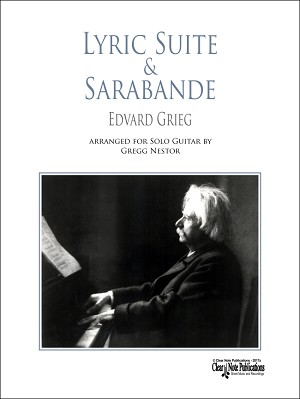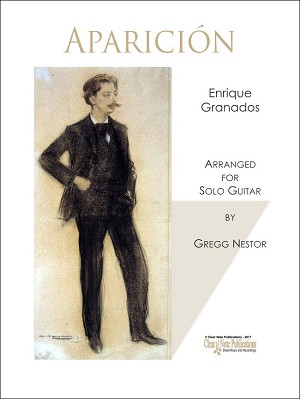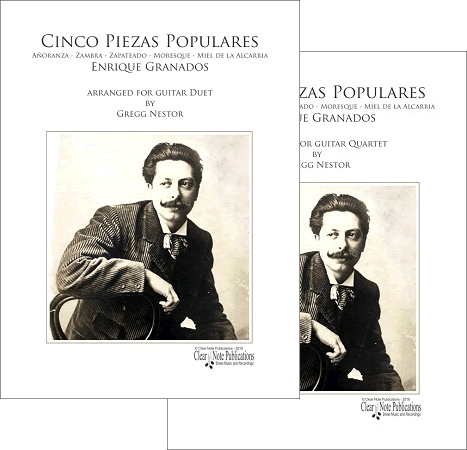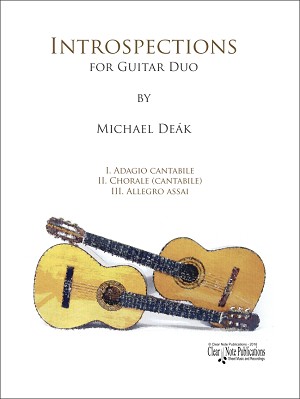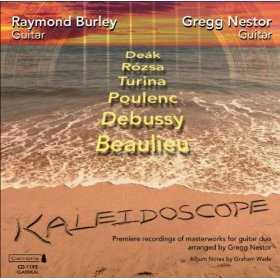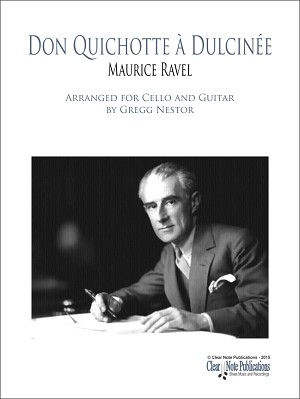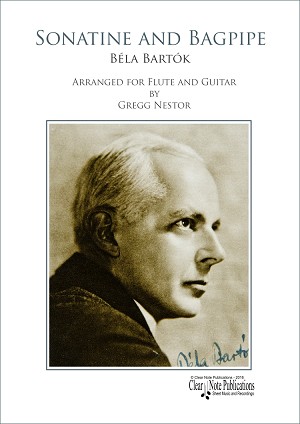Venezuela Alegre: The Guitar Music of Carlos Atilano
Gregg has provided a great treat for lovers of Venezuelan music. He has just published 32 pieces of Carlos Atilano in a 70-page volume. As an additional treat, the package includes a delightful 32-track digital download of Gregg playing all the pieces.
Here is a comment on Atilano:
“…no mere Lauro clone… The music is unmistakably Venezuelan… spicy without being ground-breaking. Atilano is writing in a familiar tradition, while remaining his own man in his own time.”
Colin Cooper – Classical Guitar Magazine (October, 2012)
Many Styles
Atilano composes in a number of Venezuelan styles including the following:
- Waltzes
- Joropos
- Merengues
- Serenades
- Tangos
- Milongas
- Golpes
- Suites
Rooted in Folklore
Carlos Atilano’s guitar pieces almost invariably have their roots in the folklore of Venezuela. He proudly says: “All the pieces that I have written were inspired by pure love for my native land. Being away from Venezuela brings in me that nostalgia which comes from longing for my homeland, its music, its places and the aroma of the tropics.”
